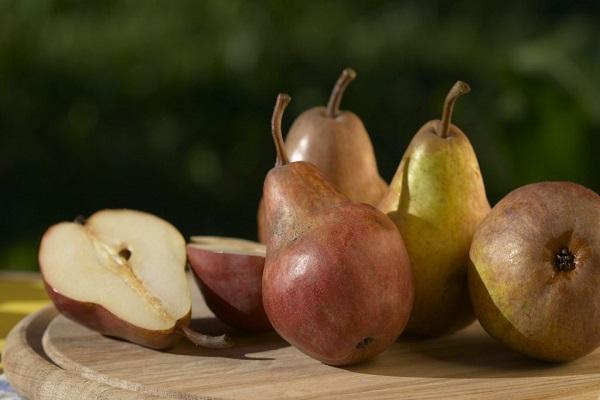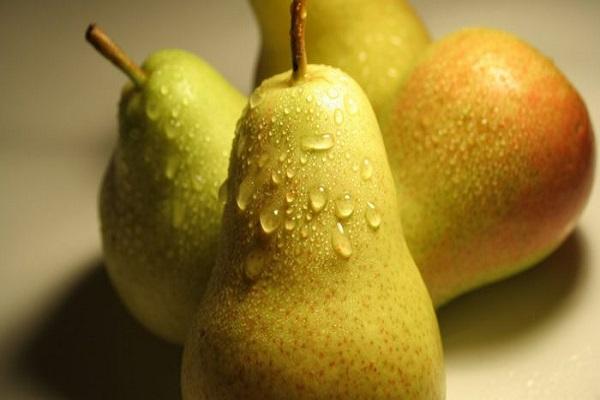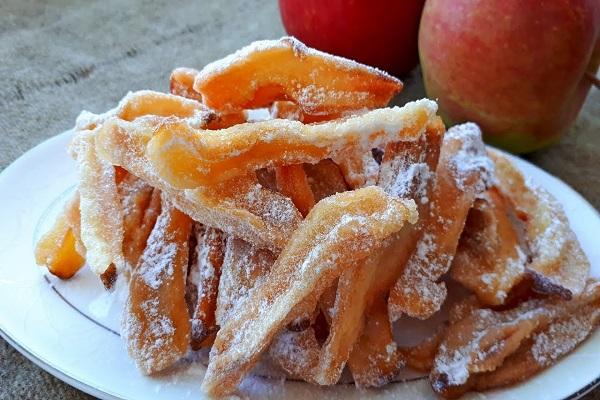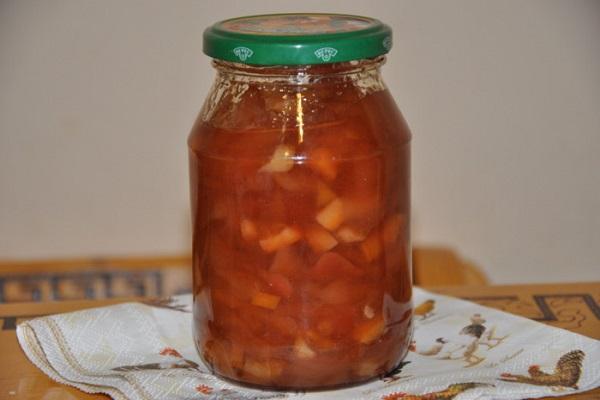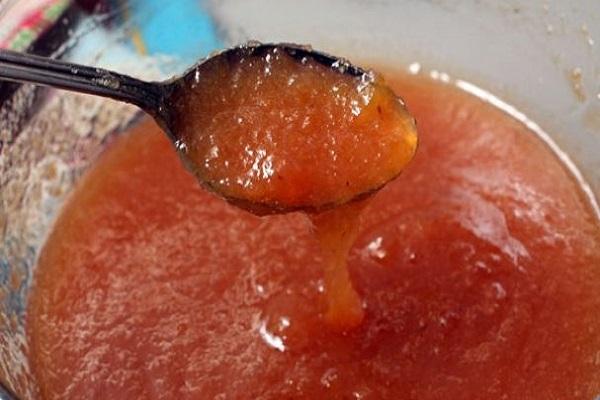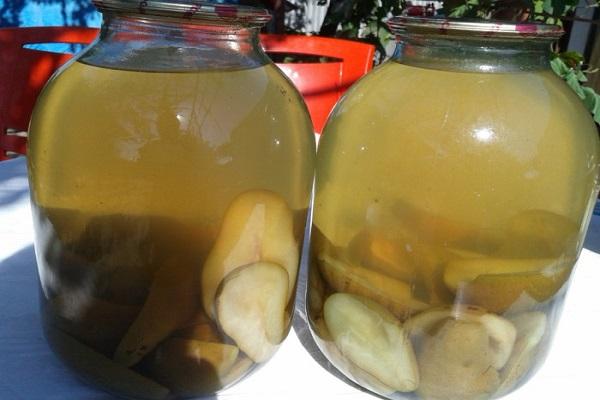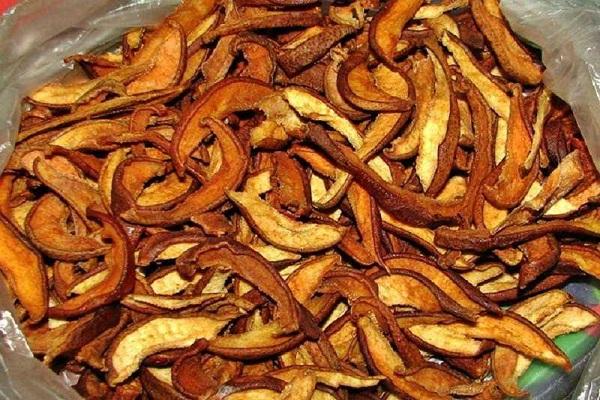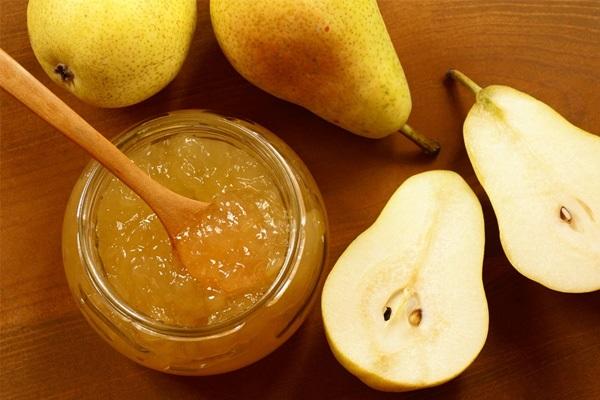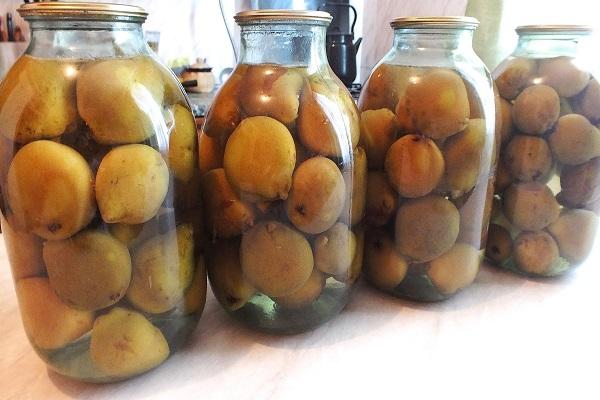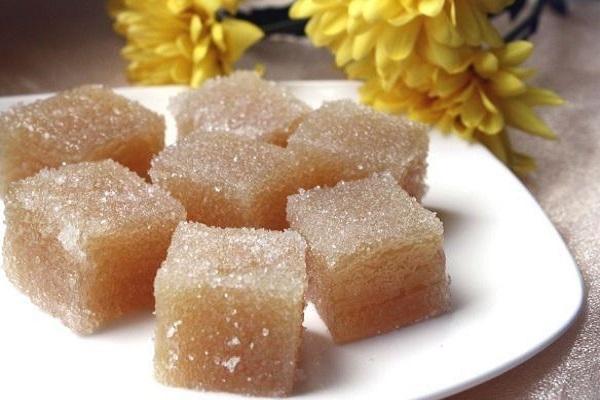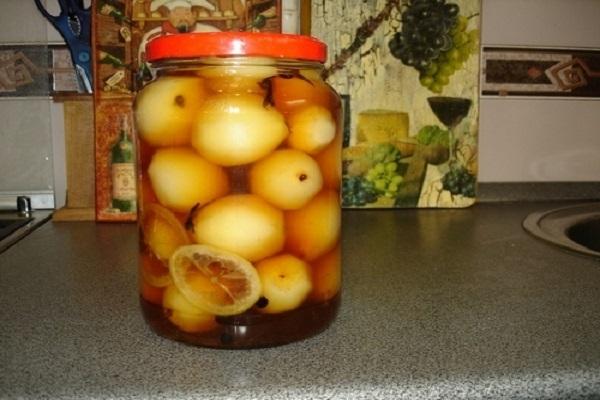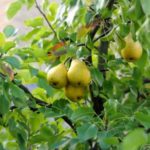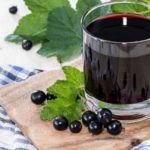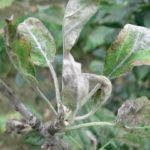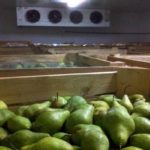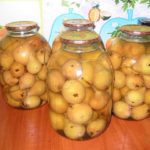Having opened a jar of aromatic pear preparation, you can easily remember the smell of summer and lift your spirits with the sweet, tart taste of the dish. August is replete with berry and fruit harvests; this is the ideal time to preserve fruits for the winter. When properly prepared during the heat treatment process, up to 85-90% of vitamins, minerals, sugars, and organic acids are retained. Pears are prepared in different ways; the fruit is suitable for canning, pickling, soaking, and boiling.
- Features of harvesting pears for the winter
- Specifics of fruit selection
- How to properly prepare dishes
- What can you make from pears at home?
- Pear jam without cooking
- Pear jam without sugar
- Homemade compote
- Freezing pears
- Dried pears
- Simple jam recipe
- Whole fruit preservation without sterilization
- Pear juice
- Marmalade
- Candied fruit
- Pear puree
- Soaked pears
- Pickled pears
Features of harvesting pears for the winter
Pears have poor shelf life and are not suitable for long-term storage. Cut fruits tend to darken quickly; sprinkling the pear slices with lemon juice will help with this. Fruits have a high sugar content, so to avoid sugariness, it is necessary to dilute the preparation with citric acid.
Pear jam is often supplemented with spices, spices, and other fruits and berries:
- cinnamon;
- star anise;
- cloves;
- allspice;
- nutmeg;
- marjoram;
- basil;
- cardamom;
- sage;
- lingonberries;
- sea buckthorn;
- cherries;
- apples;
- oranges.
The main ingredients for long-term storage of twists are granulated sugar and malic acid. With their deficiency, putrefactive processes develop in fruits, leading to the spread of bacteria. Butter will help to avoid excessive foam while cooking jam.
Specifics of fruit selection
For jam, it is effective to use the fruits of Limonka and Severyanka. Lemon has yellow-white pulp, a dense structure, sourness, a weak aroma, and a lemon flavor. Severyanka is distinguished by its crispy, juicy, slightly aromatic, sweet and sour pulp.
Jam, marmalade, confiture are made from ripened or overripe pear fruits.
For compotes and juice, it is typical to use green, hard fruits. You can also make marmalade and pastille from unripe ones. Small ripe or overripe specimens must be dried; damaged fruits can be used. The affected part is removed, leaving healthy areas. It is recommended to freeze green fruits.Jam is allowed for children and people with diabetes, the main thing is to use unsweetened pear varieties.
How to properly prepare dishes
Containers for canning must be sterile, without signs of damage, cracks or chips, especially on the neck. They are thoroughly washed in soap or soda solution and rinsed 2-3 times. Jars with lids must be sterilized by steam or in the oven.
What can you make from pears at home?
Fruits make the best dishes like:
- compote;
- jam;
- marmalade;
- puree;
- jam;
- candied fruits;
- marshmallows;
- juice;
- tinctures.
When canning, the product is used as an independent dessert, and is also used as a filling for pies, buns, and cakes.
Pear jam without cooking
You can prepare “raw” jam using:
- pears 2 kg;
- sugar 1 kg.
Cooking technology:
- The fruits are washed, peeled, the seed box is removed, and finely chopped. The bottom of a sterilized jar is covered with pears and sprinkled with granulated sugar.
- The thickness of the top layer of granulated sugar is 10 mm. Jars must be sterilized by steam or in the oven.
The jar with fruit contents is sealed with plastic or metal lids.
Pear jam without sugar
For jam you will need:
- 1 kg of main ingredient;
- 2 tbsp. l. lemon juice;
- 2.5 tbsp. l. pectin
How to cook:
- washed, peeled fruits are crushed, kneaded to a puree, mixed with lemon juice, pectin;
- Place the pan on the stove, boil over medium heat, add granulated sugar, stirring occasionally.
Check readiness one drop at a time on the saucer - if it does not spread, the dish is ready. The thickened mass must be hermetically sealed and wrapped in a warm blanket.
Homemade compote
You can cook aromatic compote from the following products:
- pears 2 kg;
- water 5 l;
- sugar 0.5 kg;
- citric acid 0.5 tsp;
- vanilla sugar 0.5 tsp.
Cooking methodology:
- The fruits are washed, peeled and seeded. Boil sugar syrup in a saucepan, mix with vanilla sugar and citric acid.
- Place pears, cut into 4 parts, into a saucepan, boil, reduce heat, and boil for 10 minutes.
After cooking, the fruit must be transferred to a sterilized bottle, filled with strained syrup, and rolled up.
Freezing pears
When frozen, all the usefulness of the fruit is preserved. For storage in the freezer, stock up on ripe, firm, medium-sized pears. Their preliminary preparation consists of washing, peeling, cutting and drying. The fruits are laid out on a flat surface, placed in the freezer for 2-3 hours, then transferred to plastic containers or bags. You can prepare frozen pears for making delicious desserts and aromatic drinks. The maximum shelf life is 7-8 months.
Dried pears
Dried fruits are rich in ascorbic acid and have a diuretic and tonic effect. A high concentration of potassium has a beneficial effect on the pancreas and circulatory system; magnesium increases the level of hemoglobin in the blood.
Washed fruits are cut into halves, seeds and stems are removed, and cut into slices. The baking sheet is covered with pears, placed in a heated oven or dried in the open air. The drying process in the oven takes 7 hours at 45-50 OC, under natural conditions, the fruits are dried for 7 days. Dried pears can be used to make compotes, pies, or mix with cereals and other products.
Simple jam recipe
The jam is put into buns, pies, cakes, and cookies.It is necessary to preserve jam from:
- 1 kg of pears;
- 600 g sugar;
- 0.5 liters of water.
Cooking technology:
- The bottom of the pan is covered with washed, peeled, chopped pears. The mass is put on fire, boiled until softened, and ground to a pulp.
- The puree is boiled until the volume is reduced by 1.5-2 times. The pulp is mixed with sugar, it should completely dissolve.
Hot jam is poured into a sterilized container and sealed. The twist is stored under a blanket for 2-3 days, then transferred to a permanent storage location.
Whole fruit preservation without sterilization
Whole fruits are consumed as an independent dessert.
Components:
- 2.5 kg of pears;
- 250 g sugar;
- 1 tsp. citric acid;
- 4 mint leaves;
- 10 g vanillin.
Step-by-step preparation:
- The fruits are washed, peeled, crushed and filled with acidified water to prevent darkening.
- Syrup is boiled from the cores, mixed with vanillin and sugar. The fruits are filtered from the acidic water, transferred to a container, and filled with syrup.
- The preparation is mixed with mint and citric acid.
The bottles must be screwed, turned over, and wrapped in a warm blanket.
Pear juice
Adults and children like pear juice twists; they quench thirst and nourish the body with vitamins and minerals.
Components:
- pears 5 kg;
- granulated sugar 1 kg.
The fruits are washed, dried, and cut into medium slices. The fruits must be crushed using a meat grinder, juicer or blender. The liquid is filtered through a piece of gauze, heated, and mixed with sugar. After boiling the juice, it is poured into bottles and rolled up.
Marmalade
Pears make delicious, sweet and aromatic marmalades that young children love.
Products:
- fruit 1 kg;
- lemon 1 pc.;
- sugar 300-400 g.
Preparation:
- The fruits are washed, peeled, cut and filled with cold water. The lemon is peeled, wrapped in gauze and boiled with the fruit.
- The mass should soften, after which it is ground using a sieve. The pulp is mixed with sugar and lemon juice and boiled.
The thickened marmalade is packaged in sterilized containers and rolled up.
Candied fruit
Candied fruits are prepared in large pieces. To prepare you will need:
- sugar 1.2 kg;
- 1.5 glasses of water;
- 1 kg pears.
Prepared fruits are poured with boiling syrup, boiled for 15 minutes, and left for 8-10 hours. The procedure is repeated 2 times, after which the fruits are laid out on a flat surface and dried.
Pear puree
Recycling comes from:
- 1 kg of fruits;
- 2 cups granulated sugar;
- 1 packet of vanillin;
- 100 g of water.
The prepared fruits are poured with water, citric acid, boiled for 30 minutes and crushed with a blender. The mass is mixed with sugar, vanilla, and boiled until tender. The hot slurry is poured into bottles and rolled up.
Soaked pears
Currant and cherry leaves or rye straw are placed with the fruits. The contents of the pan are filled with wort made from rye flour (150 g) and water (2 l). After cooling, the mixture is filtered, mixed with ground mustard (1 tbsp) and salt (2 tbsp), after which the cans are rolled up. Soaked fruits are ready for consumption after 1-1.5 months.
Pickled pears
You can preserve the fruits for salad, vegetable stew, and a side dish for meat dishes.
Products:
- fruit 1 kg;
- sugar 4.5 tbsp. l.;
- acetic acid 4.5 tbsp. l.;
- citric acid 2 g;
- ginger 1 pc.;
- ground cinnamon ½ tsp;
- cloves 4-5 pcs.;
- water 1 l.
How to do:
- the prepared fruits are blanched and placed in bottles;
- boil the marinade with sugar, spices, and vinegar in a saucepan;
- The contents of the jars are filled with brine.
The containers are hermetically sealed, turned over, and transferred to a permanent storage location.

